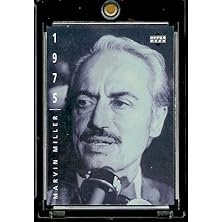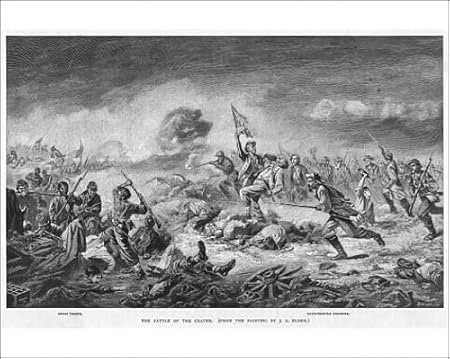"Yesterday snow fell all day and covered the ground. This morning, though the sun came up clear, the thermometer read four above - a good morning to sit in the warmth of the stove and the brisk snow light from the big window over the table. It is a morning for books and notebooks and inviting blank pages of writing paper.
"For people who live in the country there is a charming freedom in such days. One is free of obligations to the ground. There is no outside work that one ought to do, simply because, with the ground frozen deep and covered with snow, no such work is possible.
"Growth has stopped. There is plenty of hay and grain in the barn; the present has abated its urgencies. And the mind may again turn freely to the past look back on the way it came.
"This morning has been bearing down out of the future toward this bit of riverbank forever. And for perhaps as long, in a sense, my life has been approaching from the opposite direction. The approach of a man's life out of the past is history and the approach of time out of the future is a mystery. Their meeting is the present, and it is consciousness, the only time life is alive. The endless wonder of this meeting is what causes the mind, in its inward liberty of a frozen morning, to turn back and question and remember. The world is full of places. Why is it that I am here?"
by Wendell Berry
Counterpoint, 2012
The Book StallFarm and Garden Books
Book Store
Book Search










































